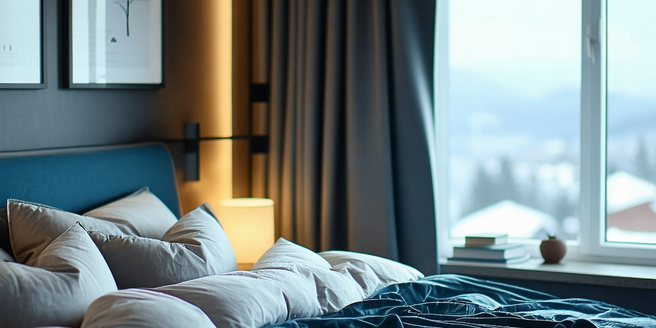Ultimate Checklist For Apartment Viewings

Location and Neighborhood Evaluation
When choosing an apartment, prioritizing the location is crucial for long-term satisfaction. Ensure you evaluate the proximity to essential amenities like grocery stores, healthcare facilities, and public transportation. Assess the neighborhood vibe—consider safety, noise levels, and the general community feel. A stroll or drive around the area during different times can provide insights into the daily life around your potential new home. It’s equally important to gauge the accessibility to your workplace or school. For those with families, investigating the quality of nearby schools is essential. Also, take note of the traffic patterns, especially during rush hour, to prevent future commuting woes. Consider zoning and potential developments that may impact your quality of life. Verifying these factors ensures that the location aligns with your lifestyle preferences.
Assessing the Building’s Condition
Before finalizing any apartment, paying attention to the building’s overall condition is essential. Begin with the exterior and roof condition; identify any visible signs of damage, such as cracked paint or worn-out materials. Investigate common areas like lobbies, hallways, and elevators, as their upkeep reflects management quality. Inside the apartment, scrutinize the walls, floors, and ceilings for any cracks or water stains, which might indicate underlying issues. Ensure the windows and doors function correctly to avoid drafts. Examining plumbing for leaks or water pressure problems in the kitchen and bathrooms can save future repair expenses. Check the electrical outlets and switches and confirm the availability of ample power points for your needs. Prior knowledge of structural health ensures you’re making a sound investment.
Inside the Apartment: Key Features to Inspect
When you enter a potential new apartment, focus on key interior features that impact daily living. Examine the layout; ensure it meets your needs in terms of space and flow. Check the functionality of the kitchen appliances and ensure sufficient storage solutions. Inspect the bedroom sizes and closet space availability, as these can significantly influence comfort. Assess the natural lighting during the day, as poor light can affect mood and utility bills. Verify that the bathroom fixtures are in good working order and that sufficient ventilation exists to prevent mold. For those working remotely, consider the feasibility of creating a home office area. These features collectively contribute to a functional living experience and should align with your lifestyle priorities before leasing.
Safety and Security Measures
Safety is paramount when choosing a new apartment, making it vital to assess the security measures in place. Confirm the presence of functional smoke and carbon monoxide detectors in the apartment. Investigate the entryway security—secure locks, deadbolts, and a working peephole or video intercom. Inquire about the building’s visitor access protocols, ensuring unauthorized guests have restricted entry. A well-lit exterior and parking area can deter potential security threats. Check if the apartment building employs security personnel or surveillance systems for additional peace of mind. Research the crime rate of the neighborhood to understand any potential risks. Understanding these aspects not only assures personal safety but also adds to the overall desirability of the apartment.
Understanding Lease Terms and Conditions
Before signing, thoroughly understanding the lease terms and conditions is paramount to avoid future conflicts. Review the duration of the lease to ensure it aligns with your intended stay. Pay attention to the clauses about rent increases and their frequency. Examine policies related to early termination in case your circumstances change. Clarify who is responsible for utilities, maintenance, and any additional fees. Understand the pet policy if you own a pet, as restrictions could impact your living situation. Careful scrutiny of the guest policy and community guidelines is advisable to ensure they conform to your lifestyle. Familiarizing yourself with these critical aspects safeguards your rights as a tenant and ensures a harmonious residing experience.
Budgeting for Current and Future Expenses
Effective budgeting for an apartment includes immediate and foreseeable monthly expenses. Initially, ensure the rent fits comfortably within your budget, typically around 30% of your income. Account for utilities such as electricity, water, and internet, as these add to monthly costs. Consider renters’ insurance for protection of your belongings. Reserve funds for unforeseen repairs and maintenance not covered by the landlord. It’s also wise to factor in future rent spikes when renewing leases. For first-time renters, initial expenses like deposits and moving costs should have clear financial backing. Additionally, engaging in prudent planning for groceries, transportation, and discretionary spending can prevent budgetary oversights. Effective management of these expenses sustains an enjoyable living environment while preparing for financial stability.